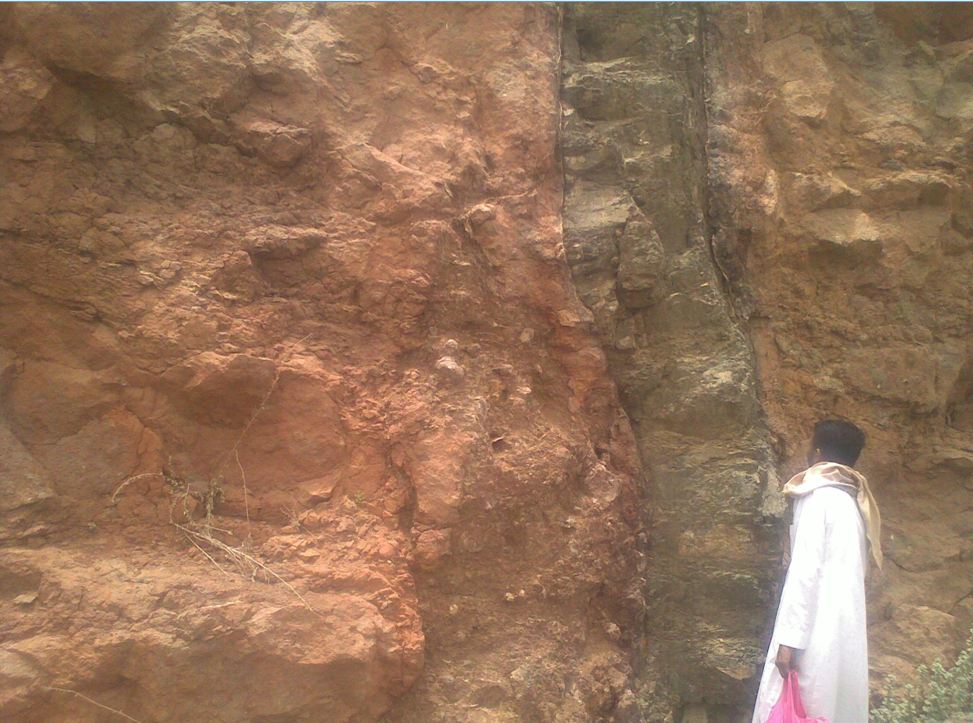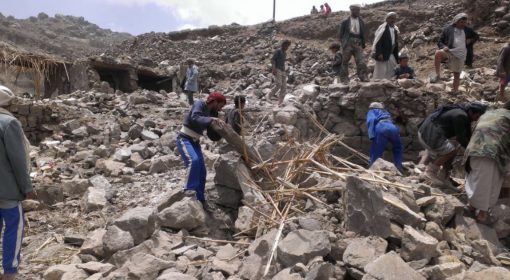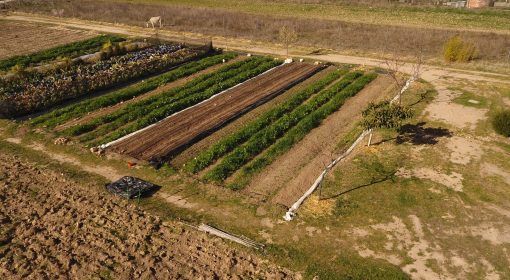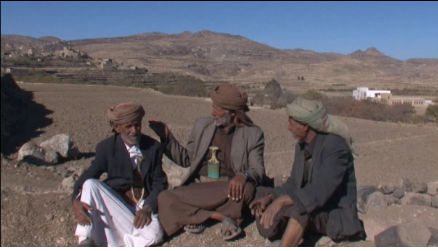posted by Taha Alwashali and Frank van Steenbergen
September 03, 2012

The ancient name of Yemen is ‘Arabia Felix’ – the blessed happy Arabia – and maybe this has something to do with some of the special soils in the country. A very common soil is the red soil that has an amazing ability to retain water – which in the arid environment of Yemen is a big plus.
Red soil is both cohesive and porous enough to allow both water infiltration or storage. It is rich in minerals and its redness is due to iron compounds. This soil is found in different locations every 2 – 10 kilometres in highland Yemen.
It is mined and then applied in the same way as fertilizers. A thin layer of red soil is spread out over the farm land, safeguarding soil humidity and providing the plants nutrients through its decomposition. As a result, plants consume less water and resist dry periods for longer. The difference between land with and without the application of this soil is very evident.
This red soil is closely related to another soil type that, when dissolved in water, forms a gel of sorts and is used as a shampoo. Most probably, the soil concerned is montmorillonite or kaolinite (source: ISRIC). (We encourage readers to share other insights and suggestions that they might have.)
This is but one example of the magic of soils. In Yemen itself, there are other types of soils used to reduce the incidence of pests in orchards (by spreading it on the tree canopy). Elsewhere, there are soils that sequester carbon and improve food quality.



